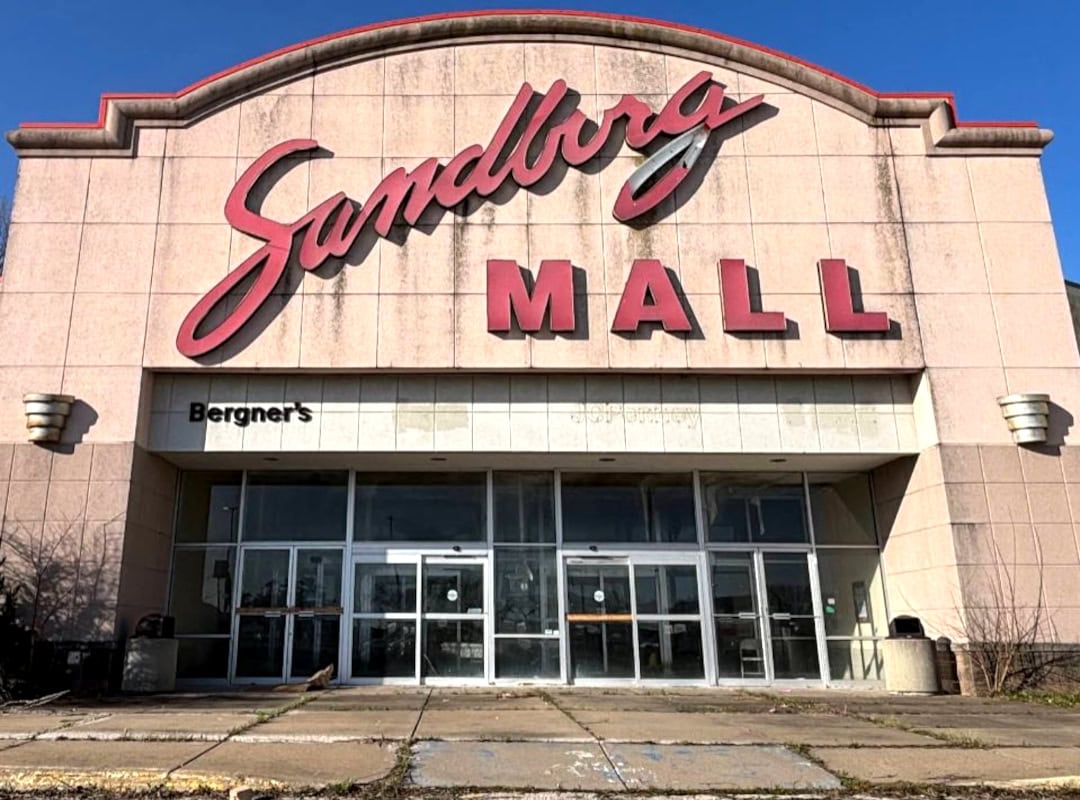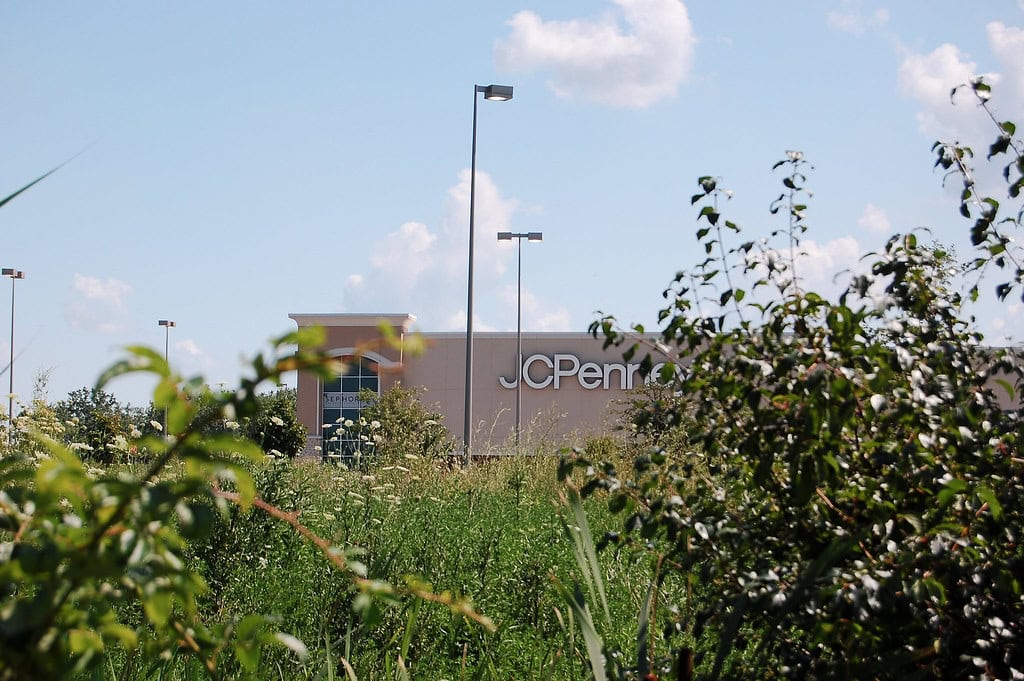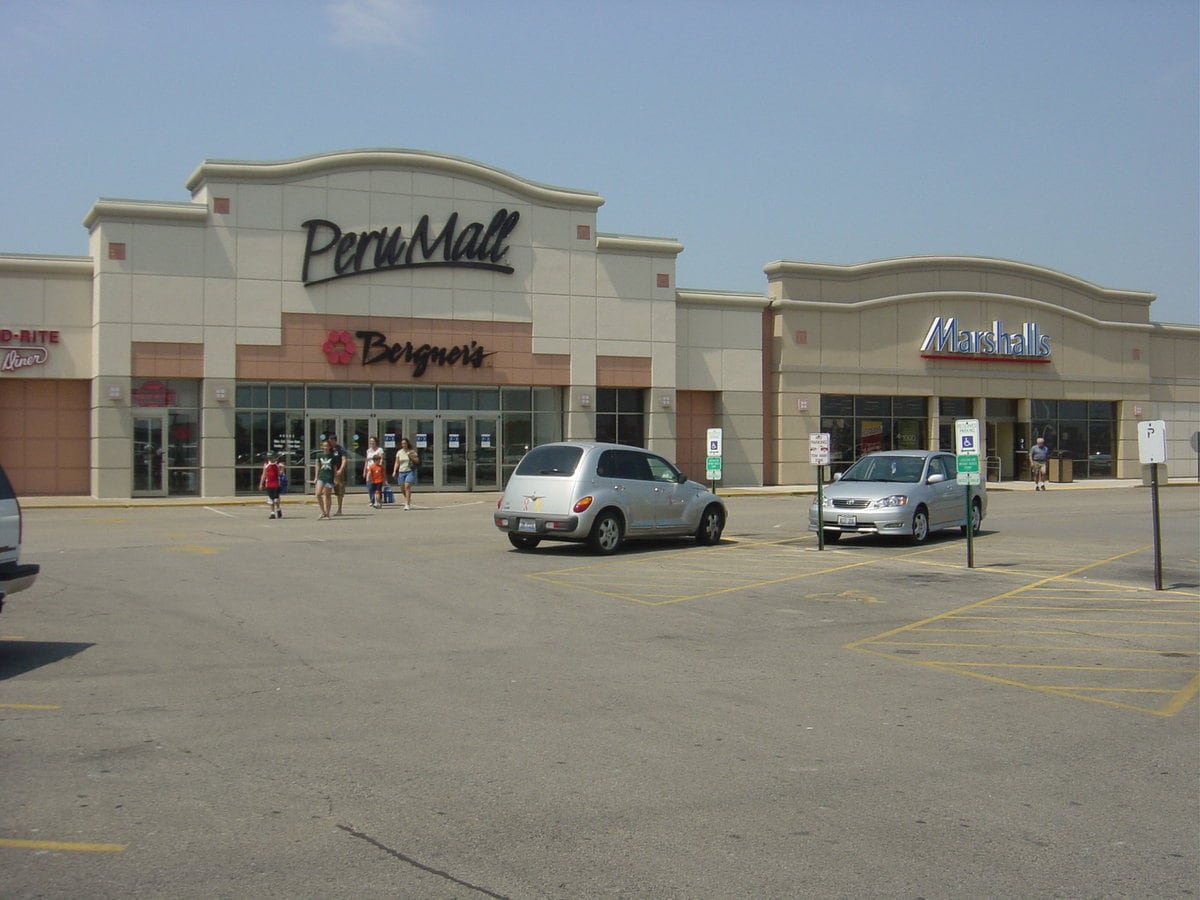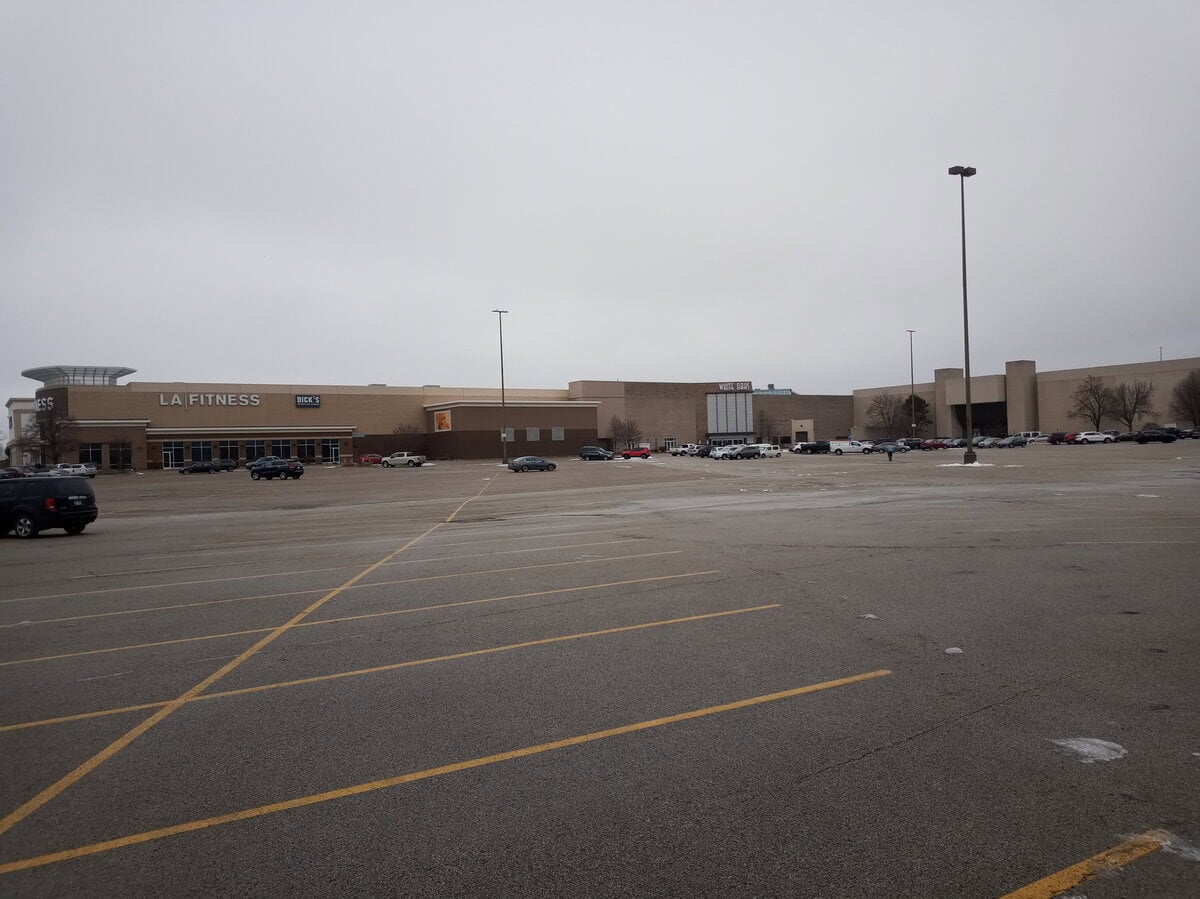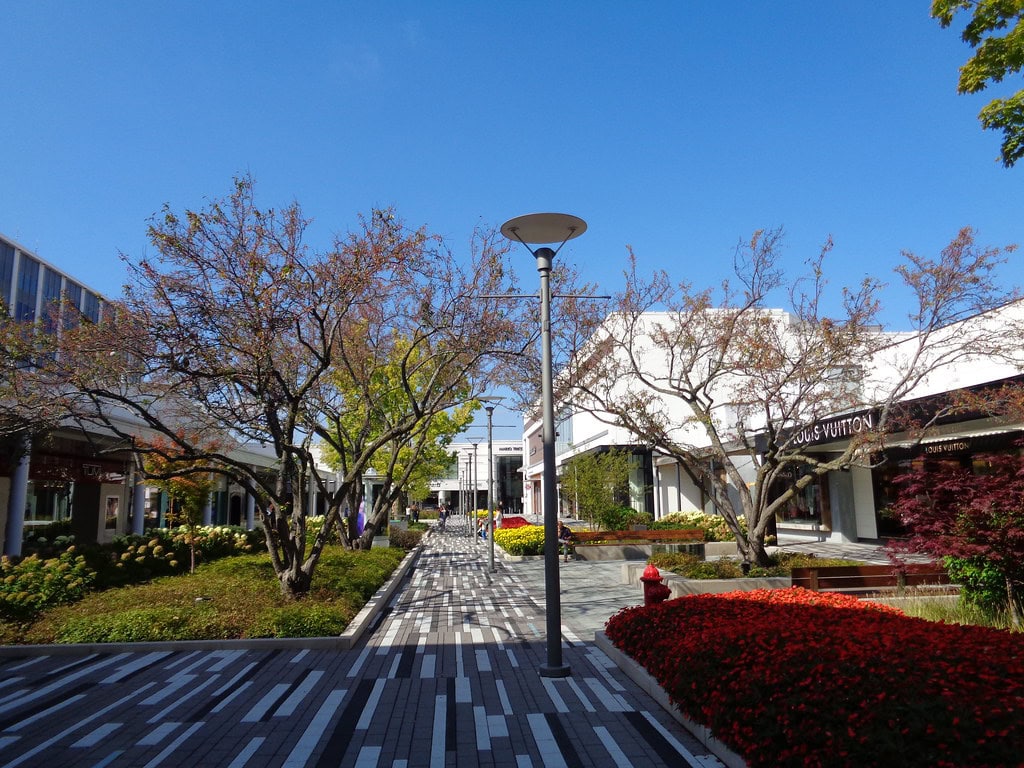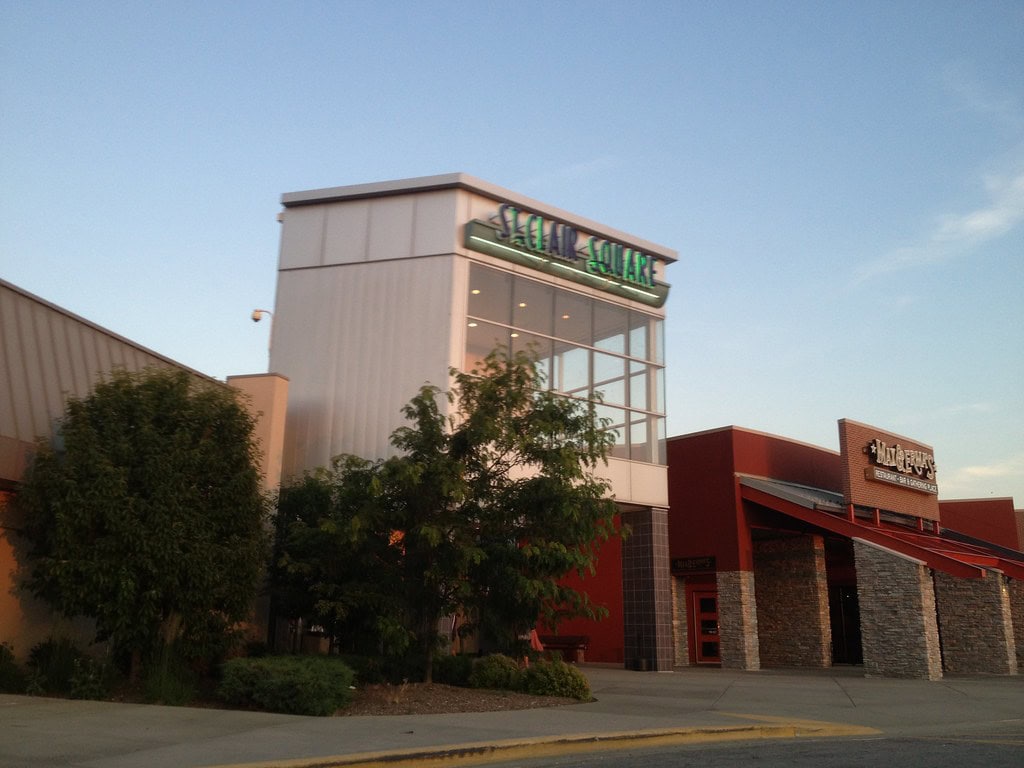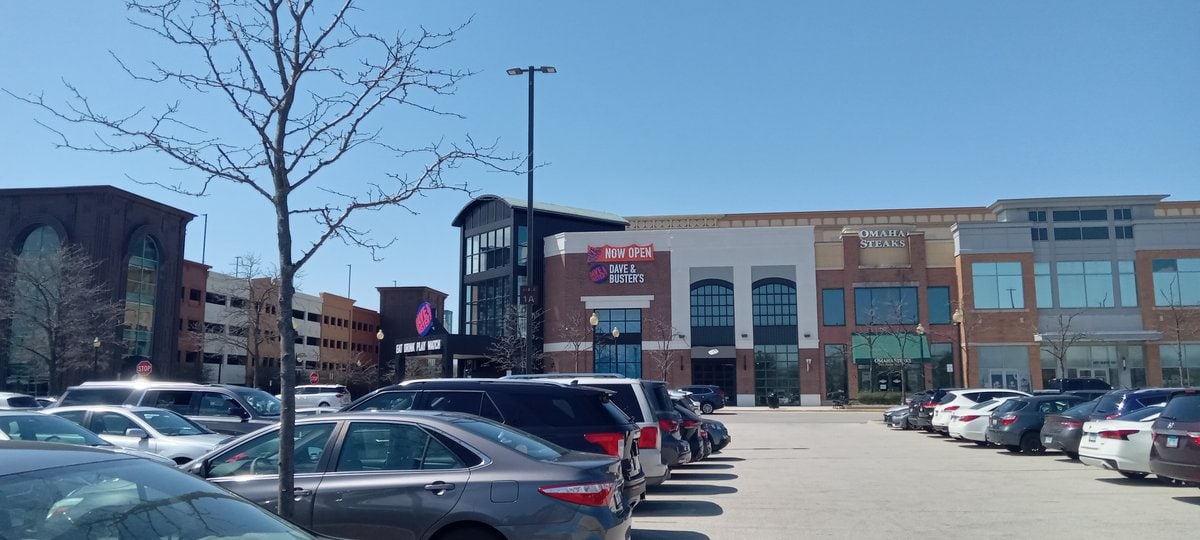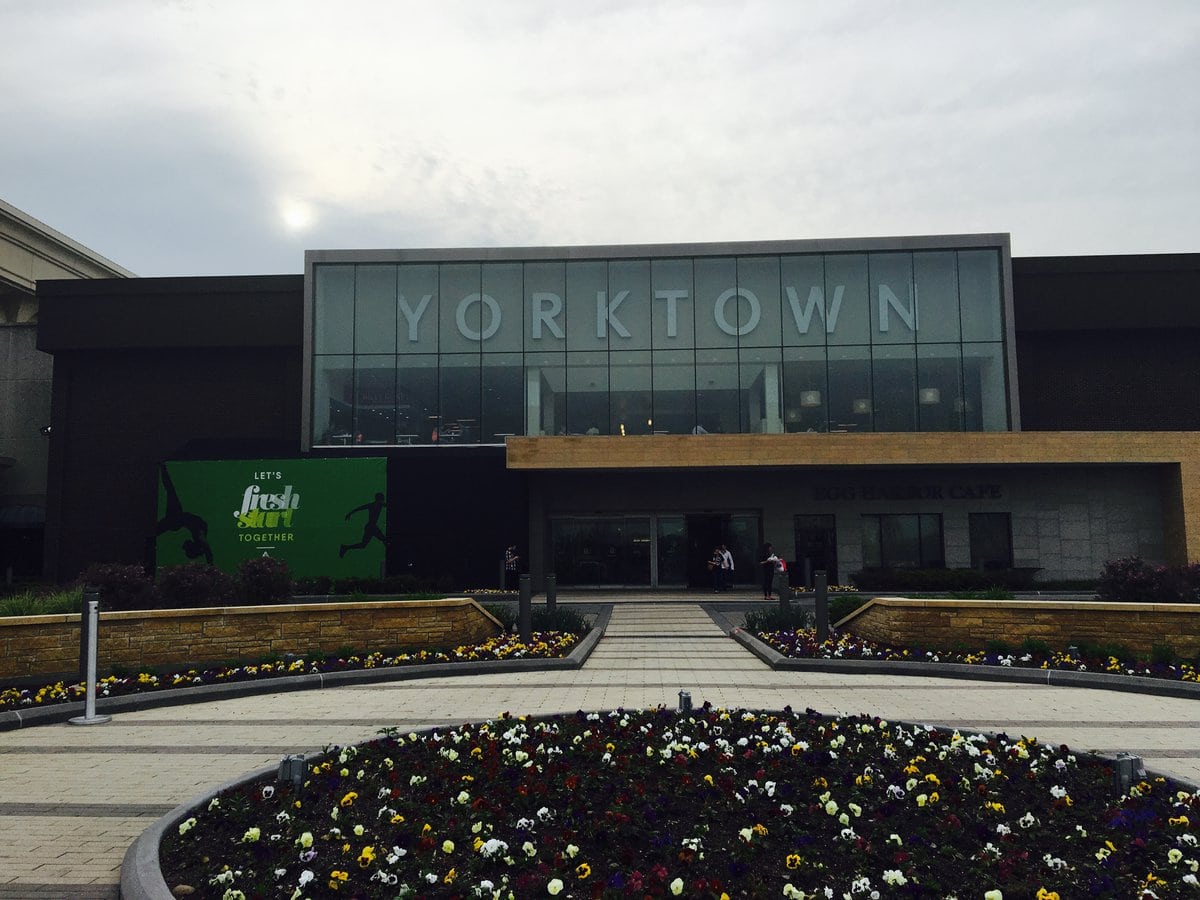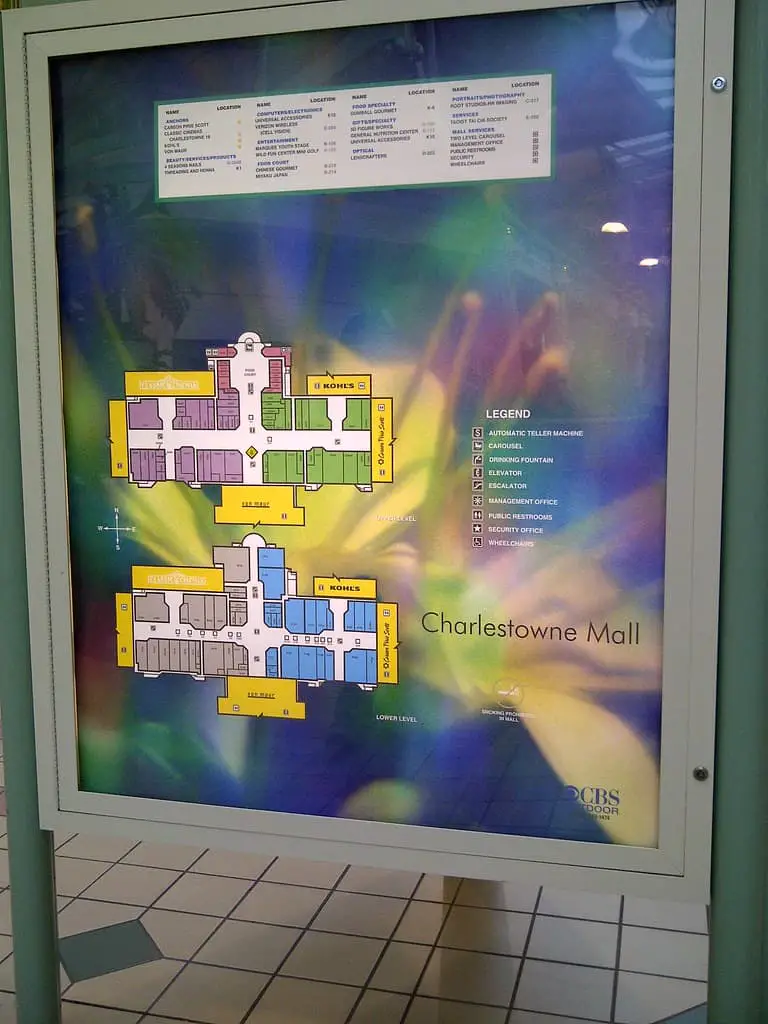The early rise of Peru Mall and its Midwest promise
When Peru Mall opened at 2 p.m. on April 13, 1974, it was more than a new place to shop. It marked the arrival of a full-scale enclosed center that immediately changed how people spent their time.
The Illinois Valley was finally part of the big shopping world in America. Built by the Rubloff Company, the mall took up about 400,000 square feet.
This was a big size for a town that still felt like the countryside. Over 60 stores opened on the first day. Bergner's was at one end and Montgomery Ward at the other, giving the mall its balance and style.
Inside, the main walkway went straight ahead. It was lit by narrow windows up high while the floors were covered in plain, practical tile.
You headed to Kinney Shoes for footwear, wandered to Music Land for albums, stopped at Fannie May for sweets, then closed out at A&W with root beer, all inside the same walls.
Those who arrived in the early days describe a Main Street sealed indoors, perfect for slow wandering. It matched the 1970s mood, when malls looked set to steer American routines.
A few years later, JCPenney opened as a third main store. This made the mall even more important in the area.
Peru Mall was more than just a place to shop for the Illinois Valley. It became the main meeting spot indoors, a busy place built on the idea that shopping could last. For a while, it almost did.
Expanding halls, glowing marquees, and the 1980s makeover
By the late 1980s, the mall was ready for its first big change. In 1989, a renovation fixed up the inside, repaired old areas, and made the building brighter.
That same year, Peru Mall got something new and exciting: a four-screen GKC movie theater.
The theater replaced The Goldmine arcade, which had been in the same spot, and quickly changed the mood of the mall.
Within the decade, it grew again, first to six screens, then to eight, becoming more popular than many of the stores nearby.
The theater's arrival led to another new place. The Tilt arcade opened across from the movie screens in the 1990s, creating a small, fun spot of its own.
Together, the movie theater and arcades gave Peru Mall a bit of nightlife, not as big as in large cities, but a big change for a local mall that used to be known mostly for its department stores and shoe stores.
The mall started in the 1990s feeling strong. Its main stores were full, the inside looked good, and the shops were familiar. There was no sign of decline, at least not yet.

A shifting landscape marked by closings and replacements
The first real problem came quietly. Montgomery Ward, one of the two original main stores, closed everywhere and left the Peru location empty in 2001.
It was one of the last stores the company had, and its loss felt more important than just another empty space.
Two years later, Sears moved in, filling the spot but not really replacing what was lost.
The early 2000s brought other changes: Carmike Cinemas took over the movie theater in 2005, and Marshalls opened in 2006 as a fourth main store, taking over the old Walgreens space.
MC Sports moved out in 2007 to a former Walmart building, another small but important change.
Still, the mall stayed open as the main place to shop in the area, even though there were fewer stores.
By 2012, Jo-Ann Fabrics had moved from the old Kmart center across the street and opened again inside the mall, which was a rare and welcome example of a store coming in instead of leaving.
But the way people shopped across the country was already changing. The number of shoppers was steady but shaky, and big store chains that used to be the heart of mall life were starting to struggle.
Years of contraction and the end of the department store era
When the decline finally happened, it did not slow down. On March 17, 2017, JCPenney said it would close the Peru Mall store as part of a national cutback.
The store closed on July 31, 2017, cutting off one of the mall's most steady sources of daily shoppers.
Less than four months later, Sears announced it would close too, leaving in October 2017 and making its once busy corner quiet.
Only Bergner's was left as the last big department store, but that did not last. On April 17, 2018, Bon-Ton said it would close all its stores across the country.
Bergner's at Peru Mall closed on August 29, 2018, ending an era that had started with the mall itself.
By the end of that year, three huge main store spaces were empty. Marshalls, Jo-Ann Fabrics, and the movie theater were still open. Still, the mall felt as if it had breathed out and could not breathe in again.
Shops inside kept closing, a slow but steady shrinking that matched what was happening to malls all over the country as more people shopped online.
Peru Mall was not the only one in decline, but its loss felt special, made sharper by memories of how important it once was.
City plans, stalled dreams, and the slow march of redevelopment
In 2020, the city tried to stop the decline by coming up with a whole new idea for the property. On August 17, the Peru City Council approved a plan to turn the mall into a mixed-use area called The Crossroads at Peru.
The plan included four apartment buildings, each three stories high, with a total of 156 apartments for younger workers and people whose children have grown up and moved out.
Around these would be a smaller shopping and dining area, taking the main shopping part from the old mall building. GK Real Estate, which was part of the project, said that $30 million would go into the apartments alone.
What happened next was more waiting than change. Plans had said construction would start in late spring 2021, after ten months of planning and a year and a half of building.
As of 2025, none of this had happened.
The only real changes were new concrete around the closed Bergner's and Sears entrances, a new road in front of the mall, and repeated 2024 auctions of the old Sears space, including a failed sale to an investor from California.
The redevelopment was still just an idea, waiting for work to actually begin.
Tenants leave, small arrivals appear, and the mall adjusts to scarcity
The past few years brought their own changes. Claire's said in November 2024 that it would close and shut down less than a month later.
In late December 2024, a pickup truck hit a pillar under the mall's northeast entrance sign, leaving a crack that showed how fragile the mall had become.
The damage could still be seen months later.
Then came the loss that many had worried about: Jo-Ann Fabrics, one of the last steady main stores, said in February 2025 that it would close as part of a 500-store cutback across the country.
The store closed on April 28, 2025, leaving AMC Theatres and Marshalls as the only big stores still open. There were a few small signs of hope.
Retro Bricks, a small LEGO-themed stand, opened in May 2025 and became the first new permanent store since 2019.
But these new arrivals, while hopeful, could not make up for all the empty spaces left by other stores.
Peru Mall today and the uncertain path that lies ahead
Peru Mall now covers about 465,000 square feet. Its address at 3940 Route 251 is still the same.
By 2024, the mall still had more than 1.2 million visits a year, showing that memories, habits, and needs still bring people in.
Marshalls, AMC, Bath & Body Works, Buckle, Maurices, and a few other national chains are still open there, along with restaurants outside the main building, like Applebee's and Subway.
But the mall as a whole is more of a survivor than a place people go out of their way to visit.
The unknown future of the property is a quiet contrast to its well-recorded past. The Crossroads at Peru is still just a plan. The empty main stores are still closed up.
And yet the mall keeps going, not as a tribute to what used to be, but as a reminder that places built for crowds sometimes last longer than the crowds themselves.
Peru Mall is now at a point where its past takes up more space than its present.
Even so, something still moves inside those halls, small but steady, as if the building itself will not close until every last chance is gone.

